Additive Manufacturing and the future
Looking at stories from the media, there are many predictions that 3D printing is an integral part of the future of manufacturing.
Currently, the technology is rapidly being adopted in many areas of industry and as time moves forward, we shall start seeing the technology being implemented in many use cases not only limited to organisations.
The excitement for the technology is mainly stemming from one simple old economic term which is “Economies of scale“.
Similar to many technologies before it, most of the innovations begin in large institutions and then as the proliferation of the technology grows, economies of scale come into play.
You only have to look at the history of computing itself to see this trend. The first machines were large and clunky and as time went on, more and more developments lead to cheaper methods of production which lead to costs decreasing and finally the computer becoming affordable to the average home.
1. Innovation Stage
The innovation stage is when a new technology comes to market. It is mainly focused on research and development, where the goal is to optimize the new technology to better fit market needs. This is the most time consuming stage of a technologies’ life cycle.
2. Syndication Stage
This stage focuses on the commercial aspect of a new technology. The requirements and best practices are further developed where some elements from the previous stage are dropped due to economical factors.
3. Diffusion Stage
The diffusion stage aims to spread the innovations further in the market by enhancing profitability and increasing value for adopters. This is when many companies are competing with various versions of the technology.
4. Substitution Stage
The final stage is the substitution stage. This is where the technology is in decline and alternatives being deployed and more innovative process are being implemented.
In terms of current historical comparison, we are at the syndication stage, where the largest adopters of 3D printing technology are institutions and early adopters are aiming to create more value from the technology.
Being a product that is catered to the manufacturing field, this is the logical focus of the market currently. Despite the largest segment being hobbyists, organisations will receive the most value from 3D printing in a number of ways.
Firstly, 3d printing gives companies the capability of in-house manufacturing at the fraction of the price.
Building hardware is hard and the biggest in the initial stage is being able to quickly build prototypes at a reduced cost. 3D printing eliminates many factors, such as expensive machining tools or the route that many companies take which is outsource parts out.
The disadvantage of this approach is simply costs that can arise from reiterations in design and also time, where companies need to compete with other companies that have also orders from the same outsourced firm. In addition, the process of delivery of the request prototype adds to the total lead time of the product development cycle.
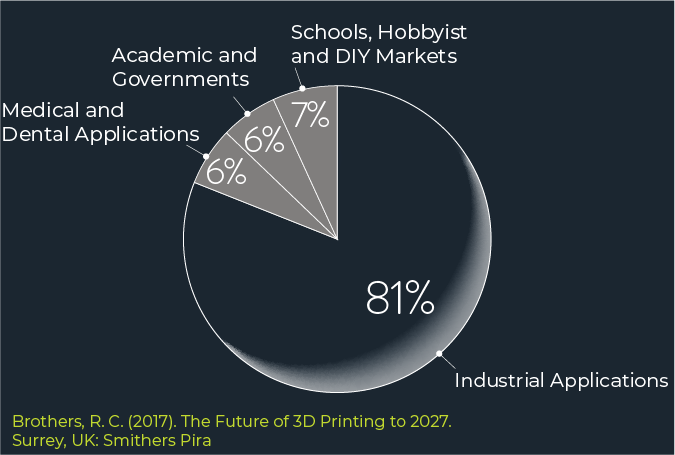
The different 3D printing techniques.
There are a several 3d printing technologies that are used widely in the manufacturing world. We shall focus on the top 3 3D printing techniques and why organisations decide one over another.
Learn more about the 3d printing techniques
Fused Deposition Modelling (FDM)
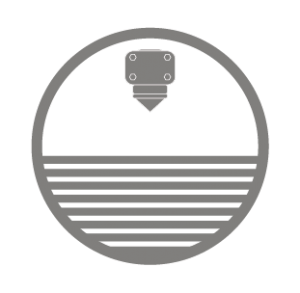
Also known as Fused Filament Fabrication, this 3D printing technique is the most widely used technique. Its based on spools of plastics or a composite material that is melted and extruded out to create layers.
Companies use this technique due to it being the most user friendly method and that its the only method that offers production-grade thermoplastics like PLA, NYLON and others.
This means parts produced with FDM have in some cases better mechanical properties than other printing methods. Parts produced with FDM have better heat, impact and chemical resistance than other plastic based 3d printing techniques.
Additionally FDM printers in general are less expensive and the materials for the printing process are easily sourced and affordable.
Companies can produce both visual prototypes, functional parts for prototypes and in many cases, tooling for many manufacturing firms.
The disadvantage of FDM is that parts have less detail than other printing techniques, so uses for highly detailed small objects is a little more difficult to reproduce with FDM.
Stereolithography (SLA)

Stereolithography is the oldest printing technique that offers a few different use cases and also operates slightly in the polar opposite of FDM.
SLA uses liquid resins and creates a sliced section of an object that is then hardened using a UV laser.
SLA parts are more accurately produced and offer great tolerance advantages to 3d printed parts.
They are best used for creating highly detailed prototypes for companies that require it, however their costs for both printer and material is higher than FDM.
A further challenge is the use of toxic liquid resins which offer parts that have less mechanical properties than other methods.
Selective laser sintering (SLS)
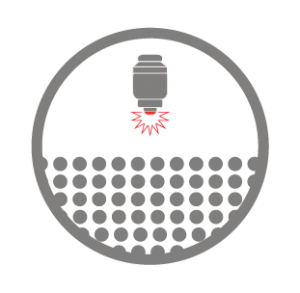
Selective Laser Sintering uses a powder material that is then hardened with a laser.
Each cross section is built up in the same fashion as SLA but the difference is that SLS machines (DMLS) have also the option of metallic parts that then require a sintering step to harden the finished part.
Parts produced have great mechanical properties and this method can create visual prototypes,functional prototypes and end-use parts.
The disadvantage however is its only used for short production runs due the extreme high cost of both the printer and materials. Additionally, the handling of the powder material can be dangerous if not stored properly.
So, why are so many companies adopting 3D printing?
There are a number of reasons and the biggest is when we look at the concept of economies of scale (where savings are generated by the more you produce).
We see that 3D printing has lowered the minimum efficient scale of production, which is a game-changer for manufacturers.
The minimum efficient scale in manufacturing can be surmised as the lowest amount that an organisation needs to manufacture but still being able to benefit from economies of scale by being able to offer the product at a competitive price.
A simple example would be, if a car company were to produce a small number of vehicles, the average cost of a car would be immensely high because of fixed costs, such as labour costs, rent and others.
If the car manufacturer were to produce a large number of vehicles, then the cost per unit would be lower since fixed costs are spread across the larger number of units.
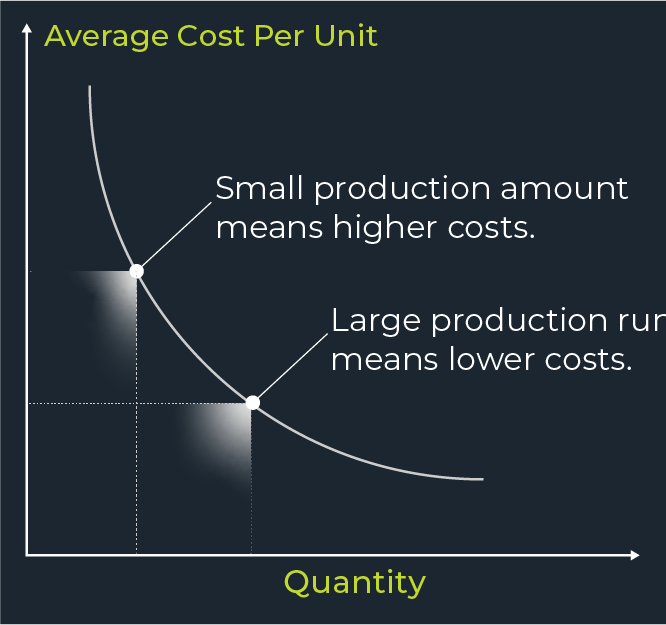
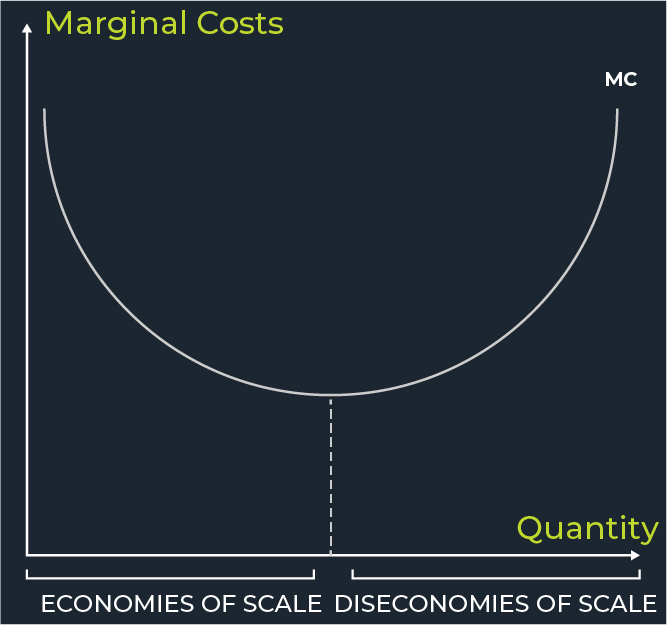
To better understand this, we need to then look at the relationship between unit average cost and marginal costs.
Marginal costs put simply is the cost associated with producing one extra unit and the change it produces to total costs for that product.
Expanding on the car manufacturing industry, a car company factory at full capacity would need another production line to produce one extra car which would mean the new line being categorized as a marginal cost. By adding the extra line, the cost of producing extra cars would decrease.
This is a key important figure for many manufacturers because it helps them determine the optimal production number for their business.
How does 3D printing relate to the economy?
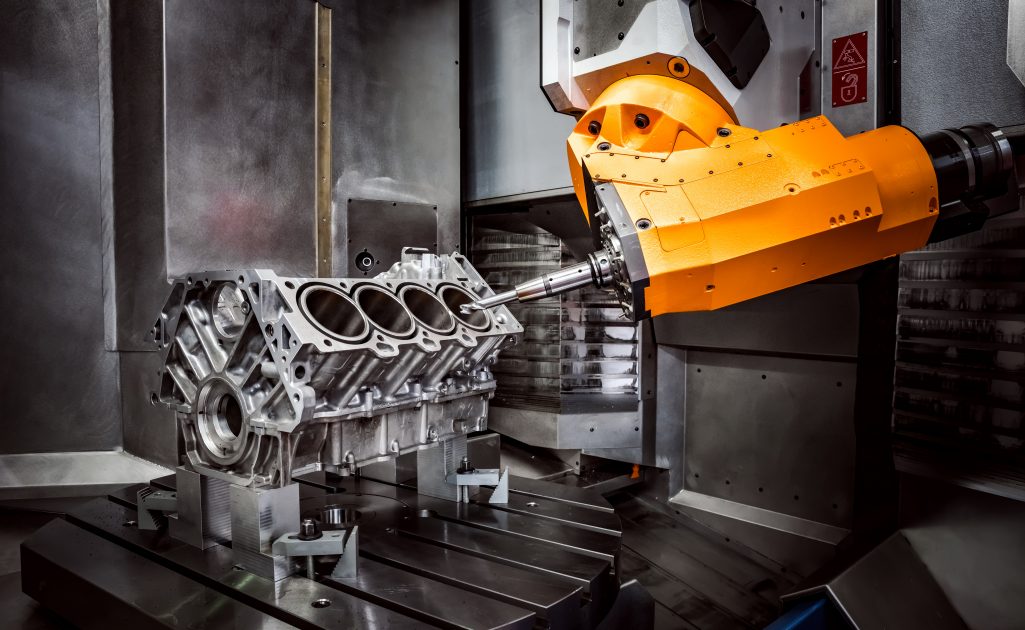
3D printing is a technology that has a lower efficient scale due to a few properties.
Firstly, 3D printing reduces labour costs because it can be highly automated, where a small team can run a line of printers easily without overseeing each element, affording them to work on other tasks. Secondly, 3D printing can produce highly complex geometric parts in a single process.
What does this mean? Looking at standard production methods, such as injection modelling or CNC machining, many of these technologies require multiple steps to produce items that have complex shapes and in many cases, these technologies cannot achieve the same complexity as 3D printing.
Many parts would require multiple production runs to get the desired results which would increases costs.
Additionally, to be able to create these objects, organisations need highly trained staff which also adds to their fixed costs.
3D printing can produce parts, allow for changes without requiring extra tools or equipment in comparison to other methods.
The future possibilities are exponential and this is why the world is fixated on the technology.
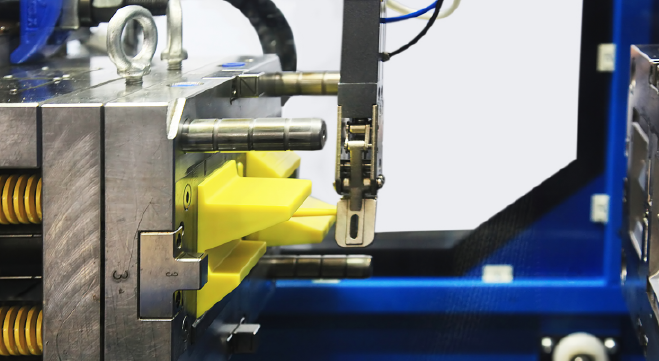
3D printing turns the head on standard manufacturing. Most production innovations since the industrial revolution have been incremental and have been catered to improving upon the previous generations.
Improvements were created through what others had done before, improving production lines, improving inventory systems and other standard manufacturing processes.
3D printing, on the other hand, looks at the physics of producing items, where one machine can produce items simply, quicker and easier than before without using systems of the past.
This is the reason why many companies are focusing on technology and why its potential is highly valued in the manufacturing industry.
Latest tesitmonials
The post Why is 3D printing the future of manufacturing appeared first on Leapfrog 3D Printers.




